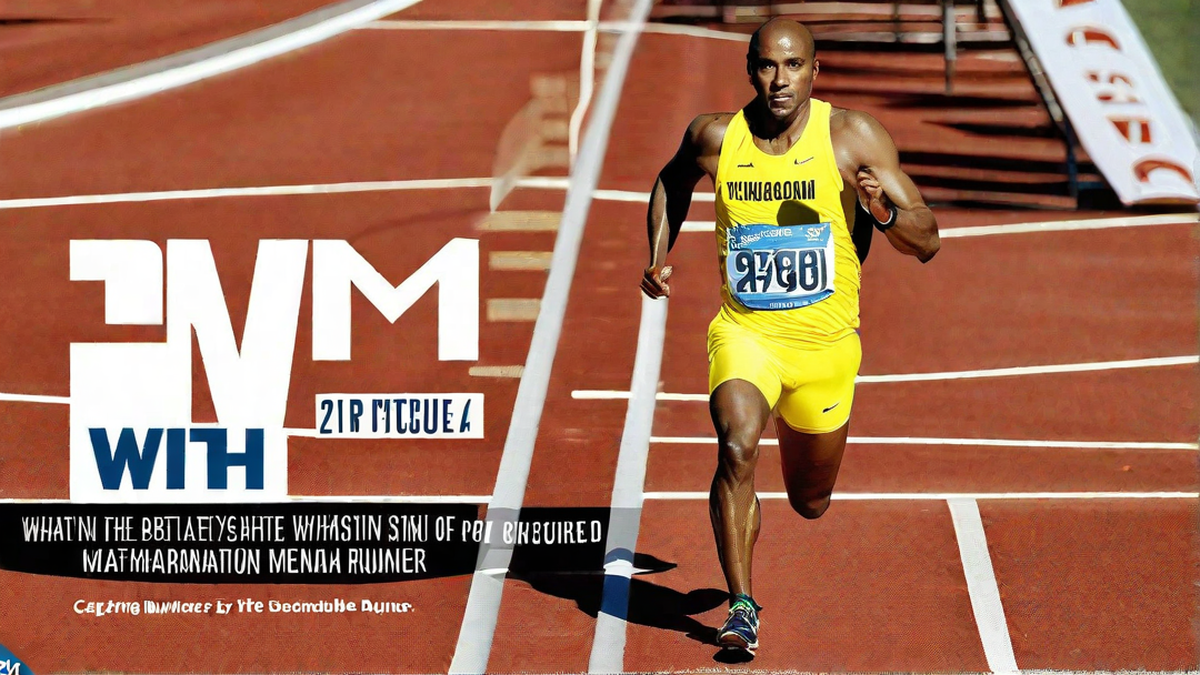Have you ever wondered what percentage of the population has accomplished the remarkable feat of running a marathon? As an avid runner myself, I am constantly intrigued by the endurance and determination required to complete this challenging race. In this article, we will explore the statistics and delve deep into the factors that contribute to the percentage of the population that has experienced the thrill of crossing that marathon finish line.
The Ever-Growing Popularity of Marathons
In recent years, marathon running has gained immense popularity around the world. What was once seen as an extreme and daunting task has now become a bucket list goal for many individuals. The surge in popularity can be attributed to various factors, including increased awareness of the health benefits of running, the growth of social media platforms promoting marathon culture, and the rise of charitable organizations using marathons as fundraising events.
According to the most recent data available, approximately 0.5% of the global population has completed a marathon. This percentage may seem relatively small, but when you consider the vast number of people worldwide, it amounts to millions of individuals who have achieved this remarkable feat.
Demographics and Regional Variation
The participation in marathons varies significantly across different regions and demographics. In countries like the United States, where marathon running is deeply ingrained in the culture, the percentage of the population that has run a marathon is relatively higher compared to other nations.
Factors such as socioeconomic status, access to training resources, and cultural attitudes towards running also play a significant role in the participation rates. Additionally, age is an essential factor to consider. Younger age groups tend to have a higher representation in marathon events, while older individuals may face physical limitations that restrict their participation.
Barriers to Participation
While marathon running has become more accessible and inclusive over the years, there are still barriers that prevent some individuals from taking part. These barriers may include lack of time for training, financial constraints associated with registration fees and travel expenses, and physical limitations or health conditions that make it challenging to undertake the rigorous training required for a marathon.
The Importance of Setting Realistic Goals
Running a marathon is a significant physical and mental achievement, and it requires careful planning and preparation. Aspiring marathon runners should set realistic goals based on their fitness level and commit to a structured training program. It’s important to listen to your body, gradually increase mileage, and seek guidance from experienced runners or coaches.
Conclusion
While the exact percentage of the population that has completed a marathon may vary depending on various factors, it is evident that marathon running has become increasingly popular. The sense of accomplishment and the unforgettable experience of crossing the finish line have inspired millions of people worldwide to take part in this incredible journey. Whether you are a seasoned marathoner or considering taking on the challenge for the first time, remember that every step you take brings you closer to joining the exceptional group of individuals who can proudly say, “I have run a marathon.”

